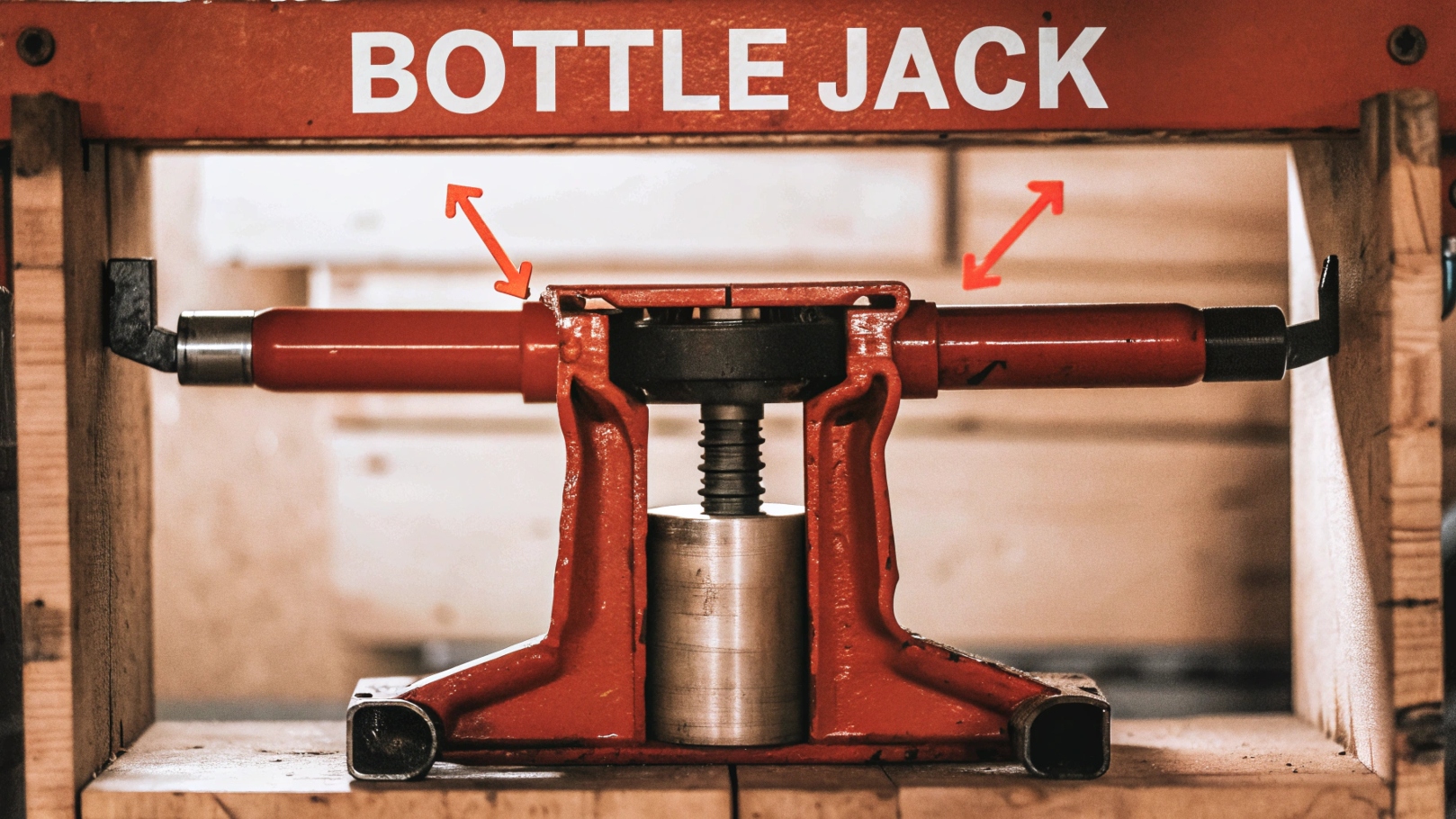
How To Use A Hydraulic Bottle Jack?
Feeling unsure about that powerful bottle jack? One wrong move can lead to big problems. I’ll show you how to use it safely and correctly every time.
To use a hydraulic bottle jack, position it on a flat surface under a strong point on the object. Close the release valve tightly. Insert the handle and pump to raise the ram. To lower it, you must slowly open the release valve.
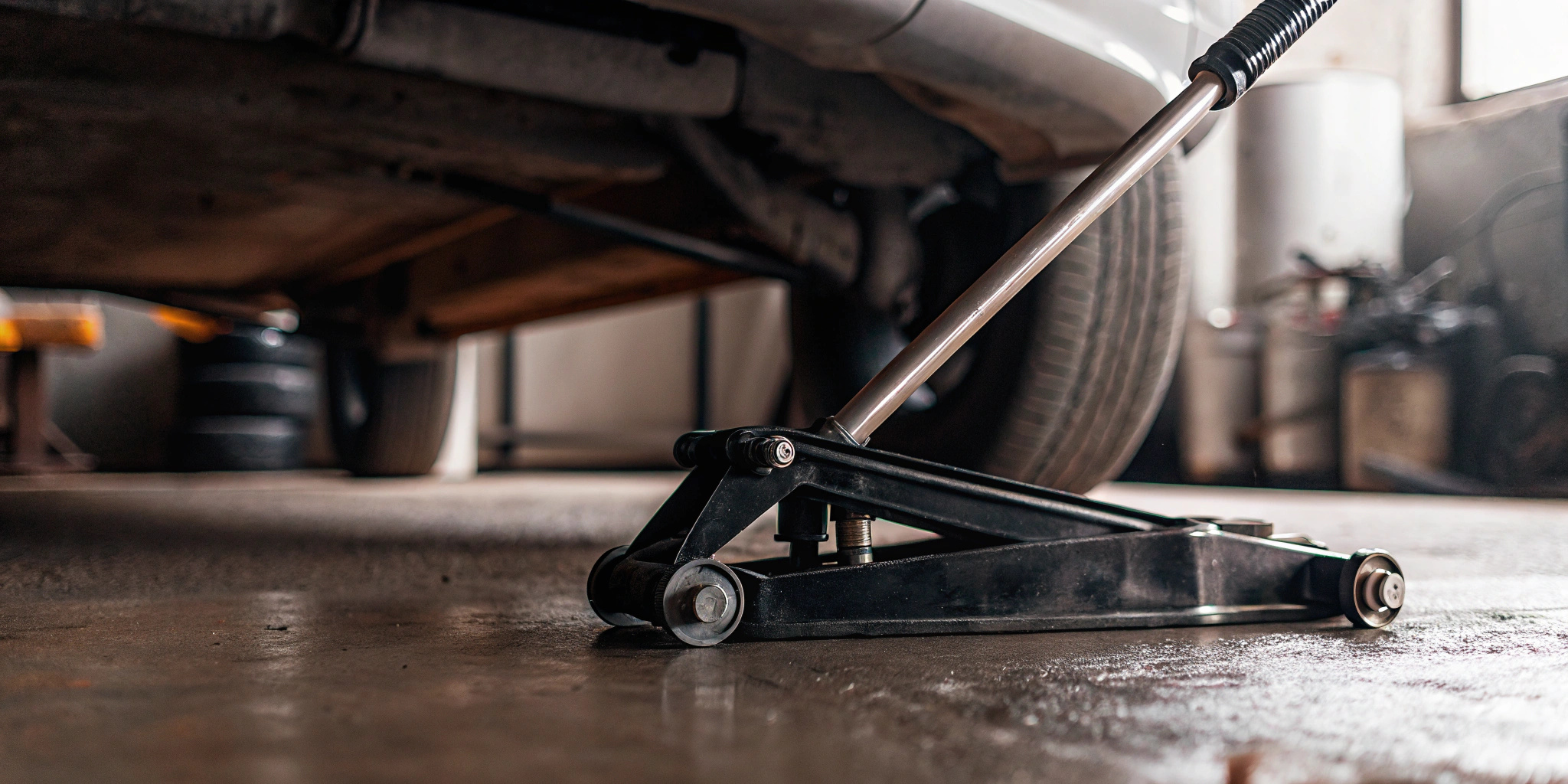
I’ve spent my life in the world of molds and machinery. I started on the factory floor and eventually built my own company. Along the way, I learned that the best tools are the ones you understand completely. A hydraulic jack is incredibly powerful, but that power needs to be handled with respect and knowledge. I believe technology like this shouldn't be a secret. It should be shared so everyone can work safely and efficiently. That’s why I want to break down exactly how to use this tool, so you can feel as confident using it as I do.
How to use a hydraulic bottle car jack?
Your car has a flat tire, and you have a bottle jack. The thought of lifting a heavy vehicle can be scary. I’ll guide you through the safe steps.
To lift a car, place the jack under the manufacturer's specified jack point on the frame. Use wheel chocks for safety. Pump the jack to lift the car, then immediately place jack stands for support before doing any work. Never rely on the jack alone.

Using a bottle jack on a car is a common task, but you have to do it right. I've seen people make mistakes that could have been very dangerous. From my experience, stability is more important than raw power. A steady lift is a safe lift. Let’s go through the process in detail.
Step 1: Preparation is Everything
Before you even touch the jack, you need to prepare the car. Park on a hard, level surface like concrete. Avoid soft ground or slopes at all costs. Put the car in park (or in gear for a manual) and apply the parking brake. Then, place wheel chocks[^1] behind the wheels on the opposite end of the car from where you are lifting. For example, if you're lifting the front right, chock the rear wheels. This prevents the car from rolling.
Step 2: The Lifting Process
Locate the vehicle's jack points[^2]. Your car's manual will show you exactly where they are. These are reinforced areas of the frame designed to handle the load. Placing the jack anywhere else can damage your car or cause the jack to slip. Position the jack under the point, ensuring the saddle is centered. Close the release valve by turning it clockwise until it's snug. Don’t overtighten it. Now, insert the handle and start pumping with smooth, full strokes. Watch carefully as the car lifts.
Step 3: Safety with Jack Stands
Once the car is high enough, immediately slide a jack stand into position next to the bottle jack, under a strong frame rail. Raise the stand to the correct height and lock it. Then, slowly open the bottle jack's release valve to lower the car's weight onto the jack stand. The jack stand now holds the weight, and the bottle jack is just there for backup. Never, ever work under a car supported only by a jack.
| Safety Checklist | Yes/No |
|---|---|
| Car on level ground? | |
| Parking brake on? | |
| Wheels chocked? | |
| Jack on a jack point? | |
| Jack stands in place? |
How is a bottle jack used?
A bottle jack seems like magic, lifting tons with little effort. Not knowing how it works can make you feel less confident. Let me break down the simple principle behind it.
A bottle jack works by using hydraulic pressure. Pumping the handle forces oil from a reservoir into a main cylinder. This pressure acts on a piston, pushing it up and lifting the load. A release valve returns the oil, lowering the load.
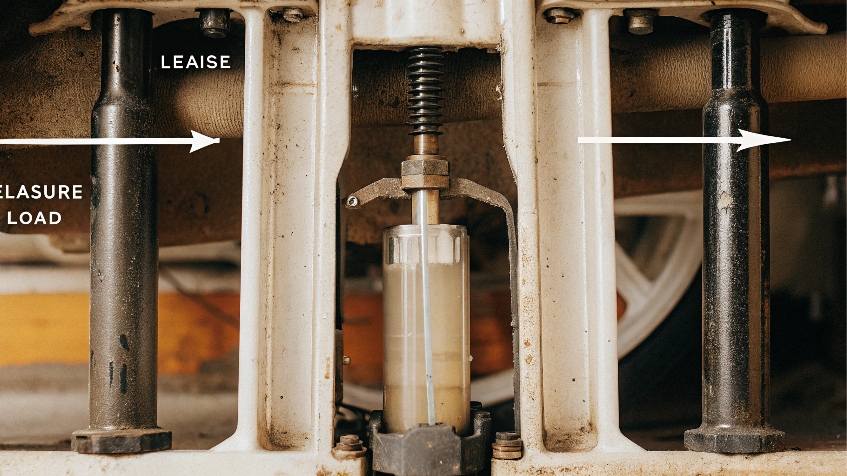
I've always believed that you should not keep technology private. You should pass it on. Understanding how a tool works makes you better at using it. A bottle jack is a perfect example of a simple scientific principle called Pascal's Law. It means pressure applied to a fluid in a closed container is transmitted equally throughout the fluid. A small push in one spot creates a huge force in another. It's not magic, it's just smart engineering.
The Key Components
A bottle jack has several main parts that work together. Knowing what they are helps you understand the process.
| Component | Function |
|---|---|
| Reservoir[^3] | Stores the hydraulic fluid (oil). |
| Pump Piston | A small piston you move with the handle. |
| Cylinder | The large chamber where the main lifting happens. |
| Ram/Main Piston | The large piston that pushes up and lifts the load. |
| Release Valve[^4] | A screw that opens or closes a path for the fluid. |
| Handle | The lever you use to operate the pump. |
The Hydraulic Principle in Action
When you close the release valve, you seal the system. As you pump the handle, the small pump piston pushes fluid from the reservoir into the main cylinder. Because the main cylinder's ram has a much larger surface area than the pump piston, the force is multiplied. Each small pump stroke adds more fluid and more pressure, pushing the ram up with incredible strength. This brilliant design allows you to lift thousands of pounds with just your own effort. When you want to lower it, you simply open the release valve, and the weight of the load pushes the ram down, forcing the fluid back into the reservoir.
How to make a bottle jack go down?
The car is lifted, but now you need to get it down. A fast, uncontrolled drop can be dangerous to you and your car. I’ll show you the smooth, safe way to lower it.
Find the release valve, which is a small slotted screw at the jack's base. Insert the notched end of the jack handle into the slot. Turn it slowly counter-clockwise. This releases the pressure and lowers the jack in a controlled manner.
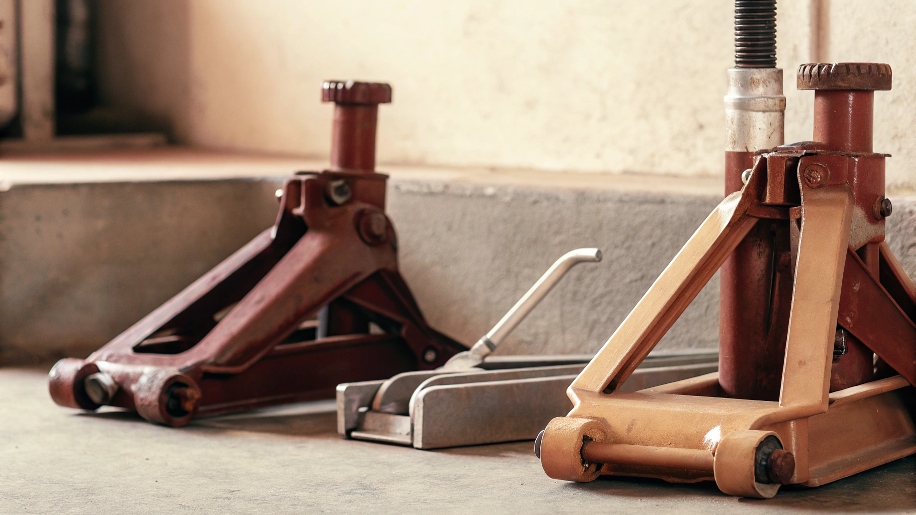
Through my years of helping clients, I've learned that stability and control are everything. I always say it's not about how heavy the jack can lift, but how stable it is. The same is true for lowering it. A controlled descent is the mark of a professional and the key to safety. You never want the load to drop suddenly. The release valve is designed to give you precise control, so you should use it that way.
Finding and Operating the Release Valve
The release valve[^5] is almost always a small, slotted screw located at the base of the jack. It's often labeled. The handle of your bottle jack is designed for this purpose. Look at the end of the handle sections—one of them will have a notch or cutout that fits perfectly into the release valve's slot. Insert it firmly.
The Importance of a Slow Turn
The most important part is to turn the valve slowly. Turn it counter-clockwise, but only a tiny bit at first. You will hear a hissing sound as the pressure begins to release and the jack starts to lower. The more you open the valve, the faster it will go down. Your goal is a smooth, gradual descent. If you open it too quickly, the load can drop, which can shock the vehicle's suspension or cause the jack to shift. Think of it like a faucet, not a light switch. You want a trickle, not a flood.
| Do's and Don'ts for Lowering a Jack |
|---|
| Do: Turn the release valve slowly. |
| Don't: Open the valve quickly. |
| Do: Use the notched end of the handle. |
| Don't: Use pliers or a screwdriver. |
| Do: Remove all tools from under the car first. |
| Don't: Lower the car onto anything but its tires. |
Can I use a bottle jack to lift a car?
You have a bottle jack, but are you sure it's the right tool for your car? Using the wrong tool is a recipe for disaster. Let me clarify when and how to use it safely.
Yes, you can use a bottle jack to lift a car if its capacity exceeds the car’s weight. Find this on the jack's label. But, it is only for lifting. You must always use jack stands to support the vehicle's weight before getting underneath.
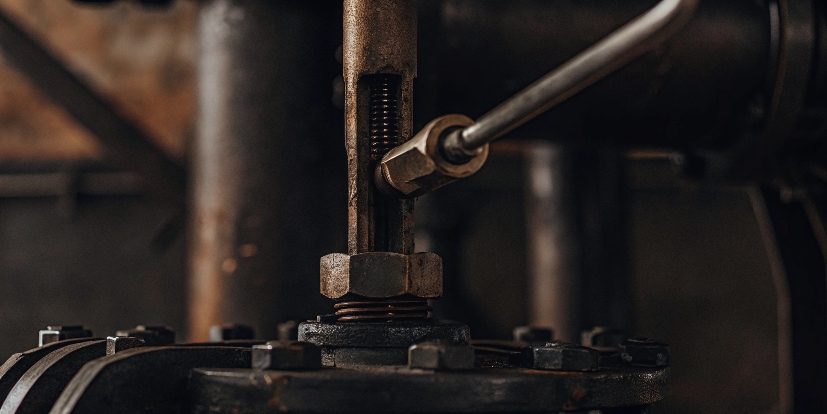
As someone who helps my clients find the right solutions for their businesses, I know how important it is to match the tool to the job. A bottle jack is a great tool. It's powerful, compact, and reliable. But it has a specific purpose. Using it correctly for a car means understanding its limits and, most importantly, following the number one rule of vehicle safety.
Match the Jack to the Job
First, check the jack's capacity. It will be printed or stamped on its label, usually in tons (e.g., 2-ton, 4-ton, etc.). Your car’s weight can be found on a sticker inside the driver’s side door jamb. Remember, you are only lifting one corner, not the whole car, so a 2-ton jack is usually sufficient for most sedans and small SUVs. But it's always better to have more capacity than you need. In my work, I always aim to over-engineer for safety.
The Golden Rule: Jacks Lift, Stands Support
This is the most important lesson I can share: A jack is a lifting device only. It is not a holding device. Once the car is at the desired height, you must transfer the load to a pair of correctly rated jack stands[^6]. Hydraulic seals can fail without warning. It's rare, but the consequences are too severe to take the risk. Never place any part of your body under a vehicle that is supported only by a jack.
| Jack Type | Pros | Cons |
|---|---|---|
| Bottle Jack | Powerful, compact, inexpensive | Small base, narrow lifting point, less stable |
| Floor Jack | Very stable, long reach, easy to use | Heavy, bulky, expensive |
| Scissor Jack | Very compact, often included with car | Slow, less stable, requires a lot of effort |
A bottle jack is a good choice for your garage, especially for its power and small size. Just remember its role and always pair it with jack stands.
Conclusion
Using a bottle jack is simple with the right steps. Always prioritize safety and stable support. Now you have the knowledge to lift with confidence on your next project.
[^1]: Wheel chocks are vital for safety when lifting a vehicle. Learn more about their importance and proper usage in this informative link.
[^2]: Finding the right jack points is essential to avoid damage. This resource will guide you on locating them for your specific vehicle.
[^3]: Understanding the reservoir's role is crucial for effective bottle jack operation and maintenance. Explore this link for detailed insights.
[^4]: The release valve is key to controlling the lifting and lowering process. Learn more about its function and importance in hydraulic systems.
[^5]: Understanding the function of a release valve is crucial for safe operation. Explore this link to learn more about its mechanics and importance.
[^6]: Jack stands are essential for safely supporting a vehicle. Discover why they are necessary and how to use them properly.